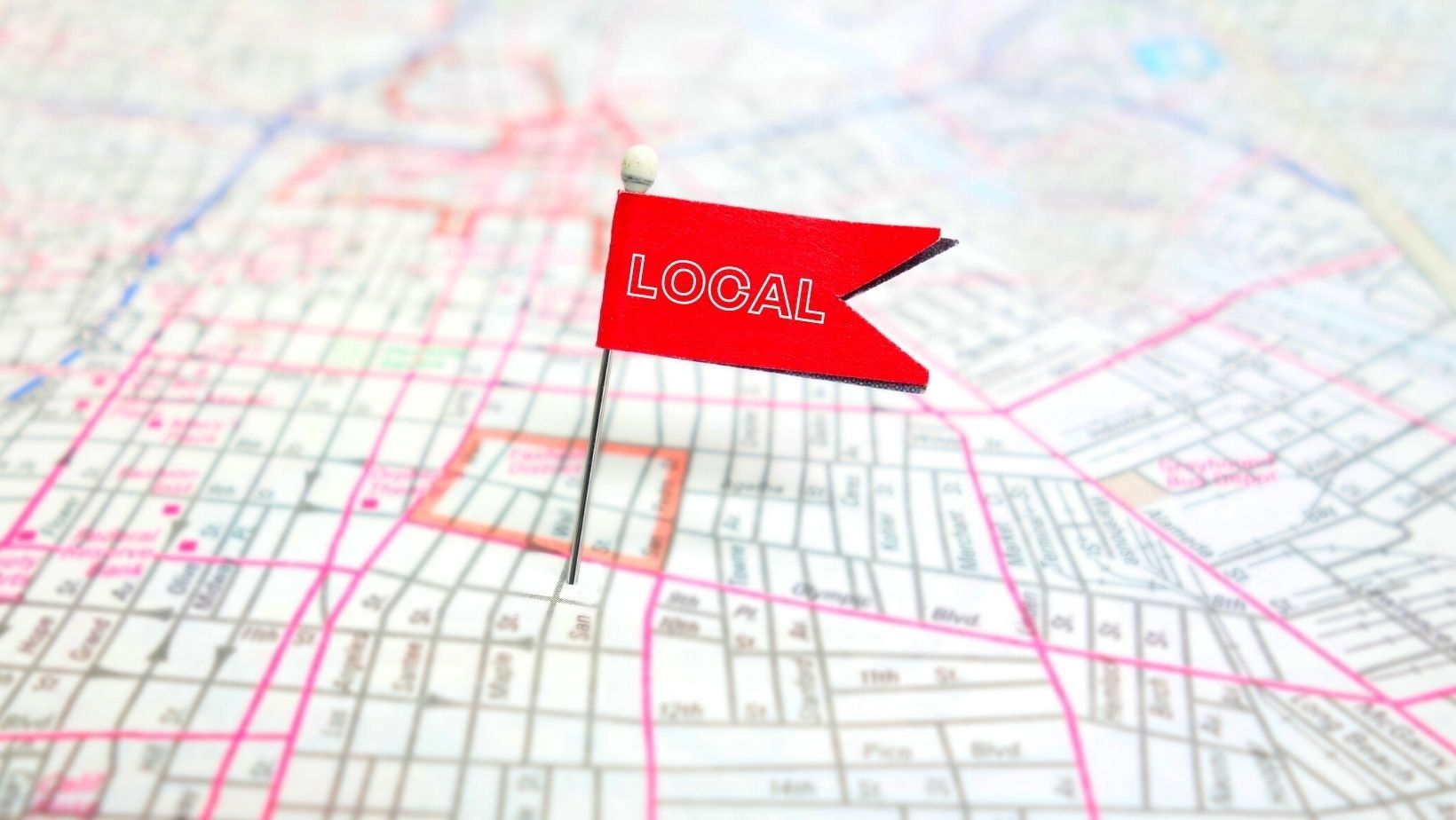
As sustainability continues to grow in popularity, the new buzz around the block is that ‘buying local' and ‘shopping small' is better for the planet - but is this really true? Astudy from 2008found that you could likely only reduce your emissions by about five percent if you bought local food all the time, and the same can be said for general products found at your local grocers or mom-and-pop shops.
'Regardless of its journey, the emissions associated with transporting food from producer to retailer amounts to justfour percentof the total emissions associated with producing the food,' Lizzie Horvitz, CEO and founder ofFinch, said. 'It gets a bit more complicated when we move out of the grocery store and into other local retailers. The way ‘stuff' is made can vary greatly and most of our stuff moves arounda lot. Most of that transportation takes place by ship. In 2019, the shipping industry accounted for about three percent of global carbon emissions, and that number is expected to rise to17 percent by 2050. While transporting stuff by ship is less environmentally damaging than transporting stuff by plane, the way that our shipping system works is still extremely problematic.'
Selling Sustainable Products
Whether a brand is selling a product with biodegradable packaging or an item made with recycled materials, offering eco-friendly merchandise is a definite way to have a positive impact on the planet. With complicated supply chains, it is difficult to ensure the sustainability of anything unless you have a lot of resources towards that one effort, according to Horvitz. Certifications are helpful, but leave out smaller companies who are acting incredibly sustainably, but do not necessarily want to spend the $1,000 on a certification.
Horvitz suggests that local retailers can ask simple questions across the supply chain such as 'Where was this manufactured?' or 'How much of this product is recyclable?' and 'Do you know the scope 1 carbon footprint?' Unless you know how impactful each of those attributes are within any given product category, it is best to leave it up to the experts.
Second Hand Shopping Gaining Popularity
Fast-fashion, a term used to describe the clothing industry business model of replicating recent catwalk trends and high-fashion designs, mass-producing them at low cost, and bringing them to retail stores quickly, is horrible for the environment.An article from Princeton Universitystates that the fashion industry consumes one tenth of all of the water used industrially to run factories and clean products, and synthetic materials are the primary culprits that cause plastic microfibers to enter our oceans. Not only is second hand shopping growing in popularity, but it can also help the environment by not creating as much waste.
'Clothing resale has grown significantly,' Eli Finkelshteyn, CEO and founder ofConstructor, said. 'Thirty years ago, it belonged exclusively in the domain of thrift stores and consignment shops. Twenty years ago, it added eBay to the mix. Ten years ago, sites devoted to it like Poshmark and Vinted started to spring up and grow, and today we are seeing an explosion of new thrifting and ‘recommerce' sites and apps.'
Thrifting, owning, and wearing used clothing is cool in a way that it has not been in the past. Gen Z is, on the whole, much more socially minded and concerned about issues like fabric waste and sustainability than previous generations have been, according to Finkelshteyn, so the time is right for business models to capitalize on that sentiment. This is also a generation that is digitally native - there is something very attractive to them about omnichannel retail and the idea that you could buy an item in store or online, wear it for a few years, and then resell it on your phone in a matter of minutes.
Be Transparent With Shoppers
If you do not sell fresh produce or second hand merchandise, Horvitz offers some advice on how to let your customers know you still practice sustainability in your business: 'The more you can show on a details page what certifications are covered, materials used, or place of manufacturing, the more information consumers have to make informed decisions. We cannot expect shoppers to do hours of research googling a variety of ingredients or what the word ‘biodegradable' actually means, and research shows they actually do not end up doing the research. The more retailers can own that onus, the easier it will be for consumers to make better decisions.'
Originally published by Independent Retailer in April 2022
